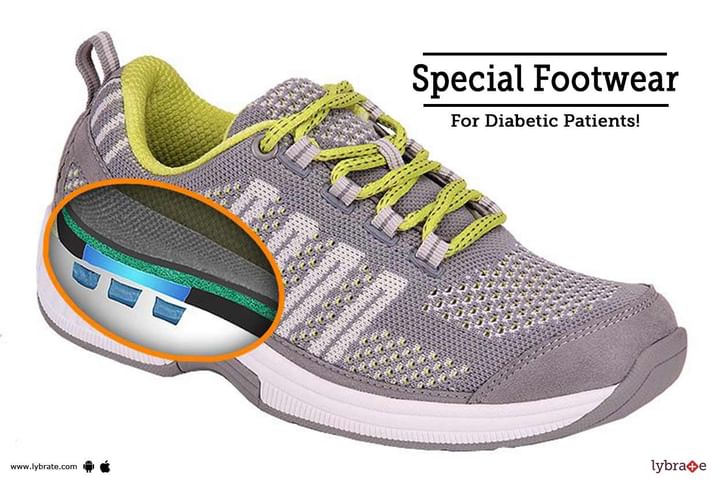Special Footwear For Diabetic Patients!
Diabetes oddly affects the feet in several ways. Some of these problems can be prevented or cured by maintaining good hygiene. Some of these problems need corrective footwear and physiotherapy. This is why diabetic footwear is an exclusive category of footwear.
Let’s take a look at how to choose diabetic footwear or how it is different from regular footwear.
How Diabetic Footwear Helps?
Diabetic footwear helps relieve excess pressure and prevent deformity of the foot. Diabetic footwear features include:
● Lightweight, to assist in easy walking.
● Airy, to enable airflow through the shoes. This prevents sweating, thereby decreasing the chances of bacterial or fungal infection.
● The material is flexible. Usually, diabetic shoes are made of canvas, suede, or leather to let the shoes adjust to the person’s gait and foot shape which might have been altered due to conditions like hammertoes or bunions.
● Shock-absorbing soles ensure there is no abnormal pressure while walking. This helps with pain and other pressure-related foot problems.
● Fit adjustability is an obvious feature of diabetic footwear so that the person can make the shoes fit them comfortably even when there is swelling or blisters.
● Extra ankle support.
How to Choose Diabetic Footwear?
Choosing the right type and fit for diabetic footwear is crucial. One must not settle until they find the perfect fit.
● The feet of diabetic people change often in size and shape. The feet must be measured right before buying new footwear.
● The measurement should be taken in the afternoon, or whenever the feet are most swollen. Adjustments can be made to make them tighter for when there is no swelling. But swollen feet must not be forced into smaller shoes.
● The footwear should be tried on with the socks on to get the perfect fit.
● Buy a size that leaves about half an inch room beyond the big toe.
● Make sure the soles feel soft enough for comfort and firm enough for support.
Shoes to Avoid-
Diabetic people must avoid certain kinds of shoes even if they don’t have any symptom of a diabetes-related or unrelated foot problem.
● Pointy-toed shoes should be avoided to ensure the toes are not misaligned or cause blood circulation problems.
● Shoes without arch support must be avoided in order to prevent tissue damage.
● Ill-fitting shoes must be avoided to prevent injury or uneven pressure. Too tight, too loose, loose at the sides, these are the red signals.
● High heels should be avoided to prevent excessive pressure and the chances of misalignment of the bones or injury to the tissues.
● Stuffy shoes should be avoided in order to prevent sweating and bacterial or fungal buildup.
● Open-toed shoes must be avoided to prevent infection and dust.
Diabetic socks must be worn with diabetic footwear for maximum protection for both, the feet, and the soles of the shoes.



+1.svg)
